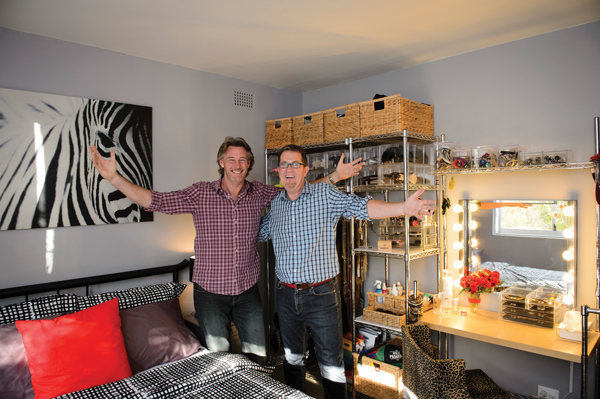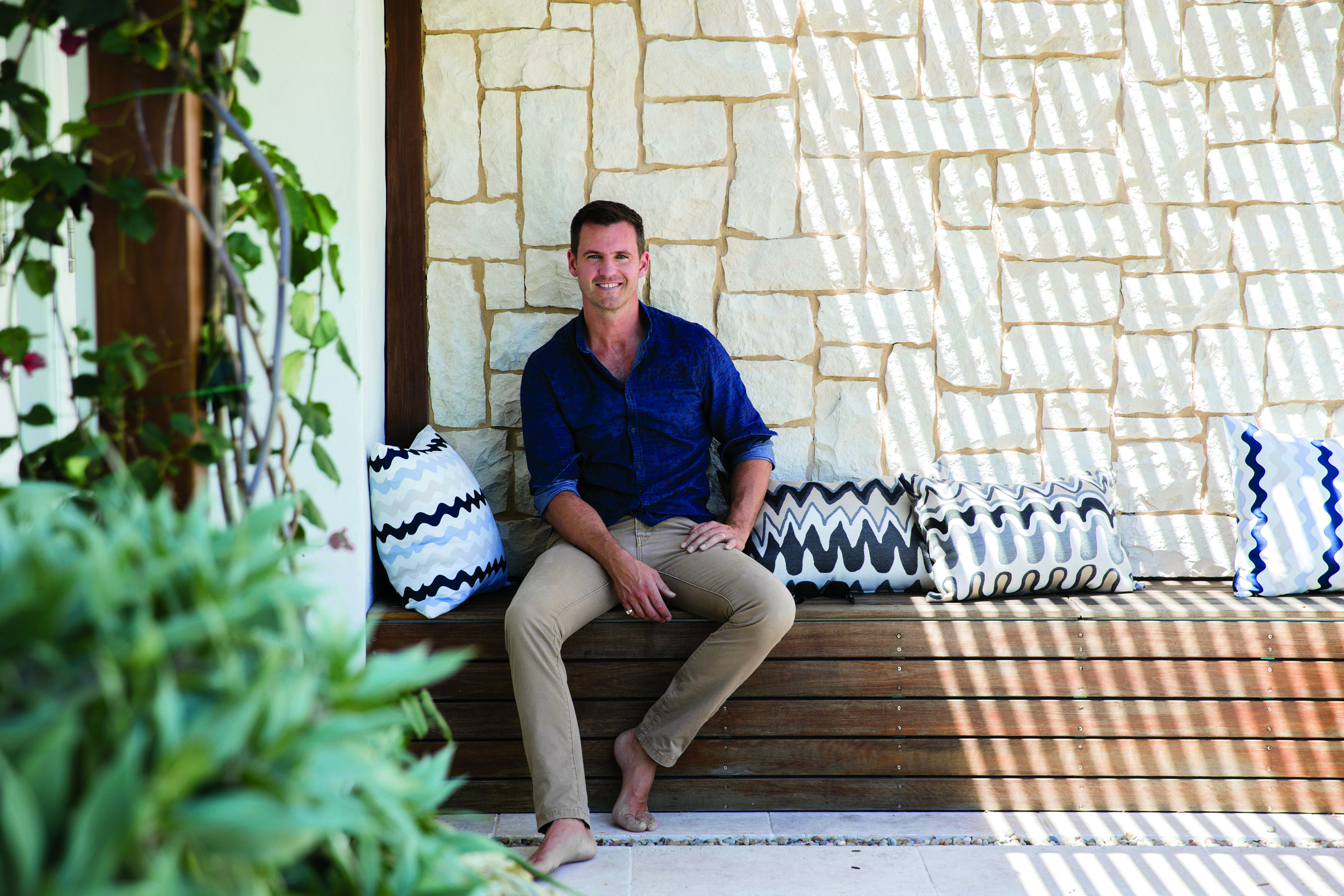The start of September means only one thing: it’s time for that dreaded annual spring clean.
For many the thought of doing a thorough clean of their home can be quite daunting. It’s natural for people to gather items throughout the year, and even if you’re not a chronic hoarder, eventually many of the items we keep in our home become redundant and start to occupy too much space.
Organisational expert, Peter Walsh, says people with too much clutter in their homes have what he calls a “stuff” problem. Peter is used to helping people improve their lifestyles by de-cluttering their homes, and this month he shares with Sydney Observer three easy ways to overcome a “stuff” problem.
Step One: Determine if you have a “stuff” problem
Consider how you feel when you walk through the door of your house or apartment at the end of the day. If the first feeling you get isn’t one of relaxation, calm and motivation, then the chances are you’ve got too much stuff.
If you still don’t believe it, ask yourself these questions:
[list style=”square”][list_item]Do you find it difficult to get ready in the morning because you can’t find the right clothes?[/list_item][list_item]Do you spend more than 30 seconds finding your car keys before leaving the house?[/list_item][list_item]Are you often late paying bills because you lose them?[/list_item][list_item]Do you often buy stuff you already have?[/list_item][list_item]Are you too embarrassed to invite people over? [/list_item][/list]
These are all indicators, big or small, that you have an organisational problem within your home.
Step Two: Create a vision for your home
In order to overcome an organisational problem, it’s important to have a clear idea about what feelings you want particular areas of the home to evoke.
If your primary focus from the beginning is just getting rid of clutter it can be very difficult to get organised, especially if you’re in a relationship. Deciding what to throw away and what to keep can lead to arguments, and people often end up moving clutter from one room to another.
So instead the starting point should be to ask yourself: “What do I want from this space? What is my vision for this room or for my home?”
Once you have a clear vision you can look at individual elements within a room and consider whether they are part of that vision.
Take the master bedroom for example; if your vision is to have a kid-free haven here, it’s quite easy to see that the piles of toys on the floor or the desk in the corner don’t belong.
Step Three: Tackle your “stuff” practically
Starting to spring clean can be overwhelming, especially if you have a big house filled to the brim with items. Rather than trying to transform a house in one weekend, spread the work out and do a little bit of tidying everyday for a month.
A practical way to do this is through the “Trash Bag Tango” technique. To do this set aside ten minutes a day and give everyone in your home two garbage bags.
In one garbage bag place any trash items such as old magazines and broken toys. In the other bag gather anything you don’t need, this means books you no longer read, clothes that don’t fit you or toys the kids have outgrown. One bag you put in the garbage, the other bag you donate to a charity store.
If there are three people living in your house, at the end of the first week you will have 21 bags of trash, 21 bags of items to donate and a much cleaner space to live in.
MORE INFO
Peter Walsh worked on the Oprah Winfrey Show for five years before it ended. He is now the star of Extreme Clutter on the Oprah Winfrey Network and recently returned to Network TEN’s The Living Room. Visit his facebook page for more tips: www.facebook.com/PeterWalsh.












